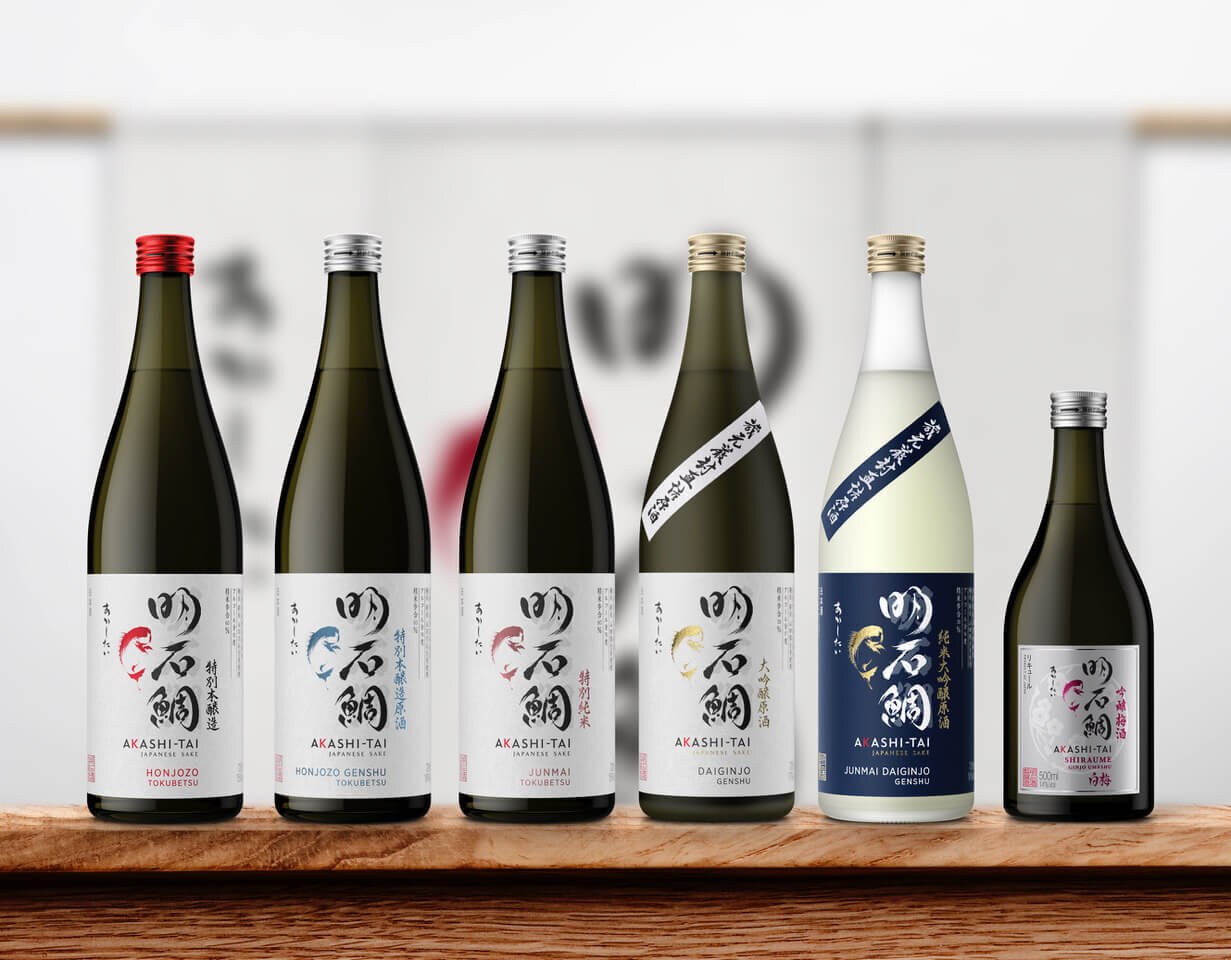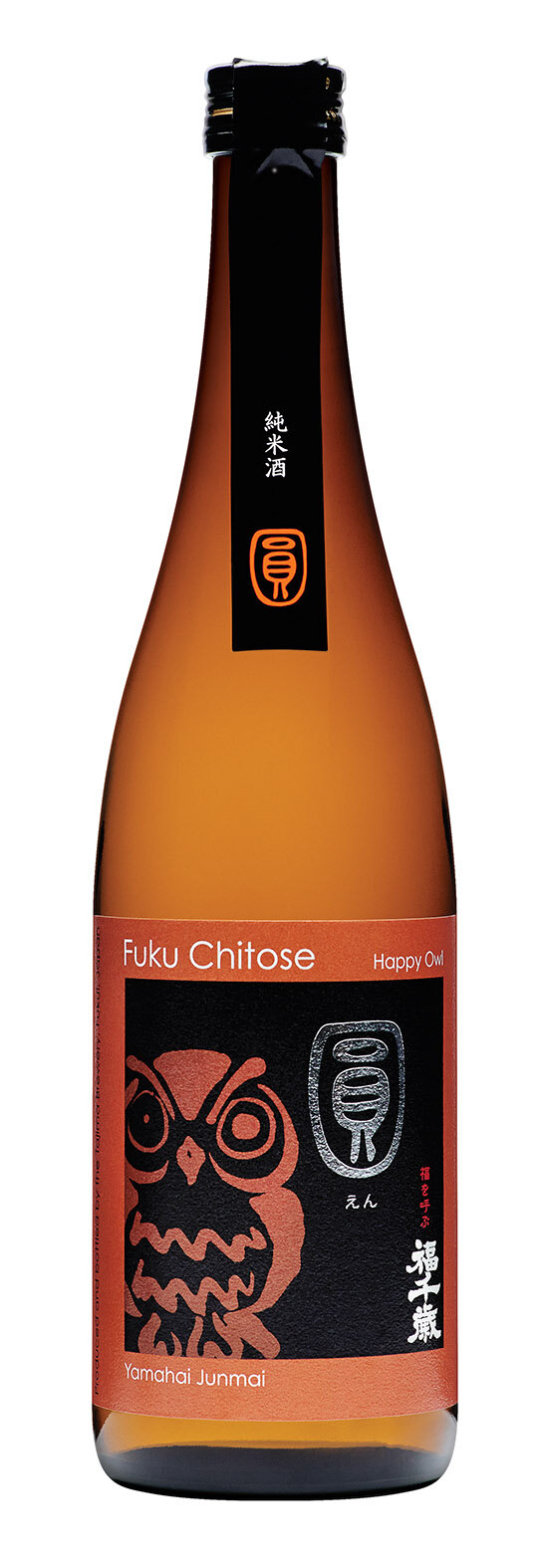Why Sake Is the Perfect Pairing for Your Holiday Meal
What are you drinking with your holiday meals this year? Wine? Beer? How about sake? While most American drinkers think of sake as a pairing for sushi, the Japanese spirit actually works well with a wide variety of foods—including traditional Western holiday meals.
“The thing about sake is that it’s quite versatile,” explains Henry Sidel, the founder and general manager of Joto Sake. “You can have one sake that will pair well with high-acidity, light foods, like salads with vinaigrettes, but that same sake can pair really well with a rich, deep stew.”
This versatility comes from sake’s structure: The Japanese spirit, which is brewed from fermented rice, can be enjoyed like wine, but sakes are generally lighter than most wine and beer. Each sake also includes a range of subtle flavors and aromas, and most have both sweet, fruity elements and more savory or yeasty notes. If you enjoy a sake with a savory food, like cheese, you’ll notice more of the drink’s fruity notes, but if you pair it with a sweeter dish, its savory notes will come to the fore.
Sake Styles
Picking a sake to go with your meal also doesn’t have to be daunting. While there are a variety of sake styles, the range of flavors is relatively narrow. A light junmai daiginjo, for instance, will have more in common with a richer honjozo sake than a sauvignon blanc would have with a dark syrah. As a result, you can often start your pairing process by simply picking a sake that you like to drink, or one that will complement your main course, and explore how it pairs with the other foods on your plate without having to worry that the flavors will clash.
If you’d like to get a bit more specific with your pairings, however, Miho Komatsu, a brand ambassador and educator for Akashi Tai sake brewery (who also holds a grand diploma from Le Cordon Bleu), recommends you consider the body and heft of the sake and how that will compliment your food. “If I have a dish with meat or a rich sauce, I have to choose a sake that has a body equal to the dish,” she explains. “If I want to pair it with some fresh seafood, I don’t want something heavy, I want something light with an aromatic flavor.”
For instance, a junmai or a honjozo sake—which are a bit richer and dryer than other sakes, have a bit more texture in the mouth, and may have some umami flavors—will compliment rich, hearty dishes like grilled or roast meats and stews. These sakes can also be heated gently and served warm, which brings out other aspects of their flavors and provides a nice (low-effort) alternative to mulled wine or hot cocktails on a chilly day.
A ginjo sake, which is lighter, cleaner, fruitier, and more aromatic than a junmai or a honjozo, will generally be the most versatile and work with the most kinds of food. Ginjos work well with high-acidity foods and dishes that include citrus, but they also compliment many game meats and duck dishes, because, as Sidel notes, Western preparations of duck tend to include a sweet element, which will compliment the sake. The fruitiness of a ginjo sake will also offset the rich, salty flavor of duck or a similarly gamey meat.
Daiginjo sakes—the lightest and most delicate sakes—pair well with lighter flavors, like fish and shellfish. But they also work well with rich cheeses and luxury foods like paté, as well as with premium cuts of steak, because their fruitiness can offset the fat in the meat or cheese, and the nuances of their elegant flavors should be savored in the same way you would savor the flavors of these ingredients.
If you’re interested in trying some of the more distinctive styles of sake with your meal, Sidel suggests exploring an umami-style sake or a yamahai sake. Yamahai sakes are made using old, traditional brewing methods that produce richer, more pronounced, and sometimes funkier yeasty flavors that pair well with rich meats and fermented or smoked foods. Komatsu recommends reaching for nigori sake (a sake that looks cloudy because not all of the rice lees have been filtered out) when serving a dish with a creamy broth or a cream-based sauce, because the thicker mouth feel of the sake will balance the creaminess of the food.
If you’re fairly new to sake and need a place to start, here are some pairing suggestions for traditional holiday foods:
Roast Beef
If you’re planning a stunning crown roast or prime rib, consider a rich junmai, like Shichi Hon Yari’s “The Seven Spearsmen,” which has an almost creamy texture and combines savory, dried mushroom-like aromas with brighter citrusy notes and a crisp finish. Or opt for the slightly funkier flavors of a yamahai sake like Fuko Chitose’s “Happy Owl,” which has earthy, peanut and pumpkin-like flavors.
Turkey or Goose
Roast poultry like a turkey or goose works well with a variety of sakes. You can opt for a rich honjozo, like Akashi Tai Tokubetsu honjozo, which has distinctive citrusy flavors and will work well not only with the milder flavor of the meat but also with traditional side dishes like potatoes and roast vegetables. Alternatively, you can choose a more aromatic sake, like Watari Bune’s junmai gingo, which has slightly overripe fruit flavors, or even a brighter sake like Yuki no Bosha’s junmai gingo, which has pronounced melon flavors and also hints of chestnuts and honey.
Duck
Roast or seared duck can be paired with a ginjo sake, like Izomo Fuji junmai gingo, which has a really expressive flavor with notes of candied fruit, pineapple, and pear that will offset the meat’s gamey flavors. Alternatively, you could choose a slightly lighter, more aromatic sake, like Akashi Tai daiginjo, which will offer a bright respite from the meat’s richness.
Fish and Shellfish
Many sakes are meant to pair with seafood. Some mask strong “fishy” flavors and some, like Kasumi Tsuru (which is made in a town famous for its crab) are designed to pair with specific species. Generally, a fruitier, fragrant ginjo, or a delicate junmai gingo like Maborishi’s “Nakao’s Secret” (which is very clean with apple and apricot flavors) will pair well with shellfish. Komatsu also notes that in Japan, people say that the sakes produced by the sea pair best with fish, so all of the sakes made by the Akashi Tai brewery, which is located near the ocean, would work well with a seafood feast.
Hors d’oeuvres and Desserts
For something unique before or after your meal, consider a sparkling sake, like Joto Sake’s Hou Hou Shu, or a fruit-flavored sake, like Joto Yuzu—made by blending junmai sake with subtle, faintly sweet and tart yuzu juice—or an Umeshu, which is made by soaking plums in sake. These flavored sakes can be served over ice with a splash of club soda, as an aperitif, or sipped alone as a light, refreshing alternative to dessert wine.





